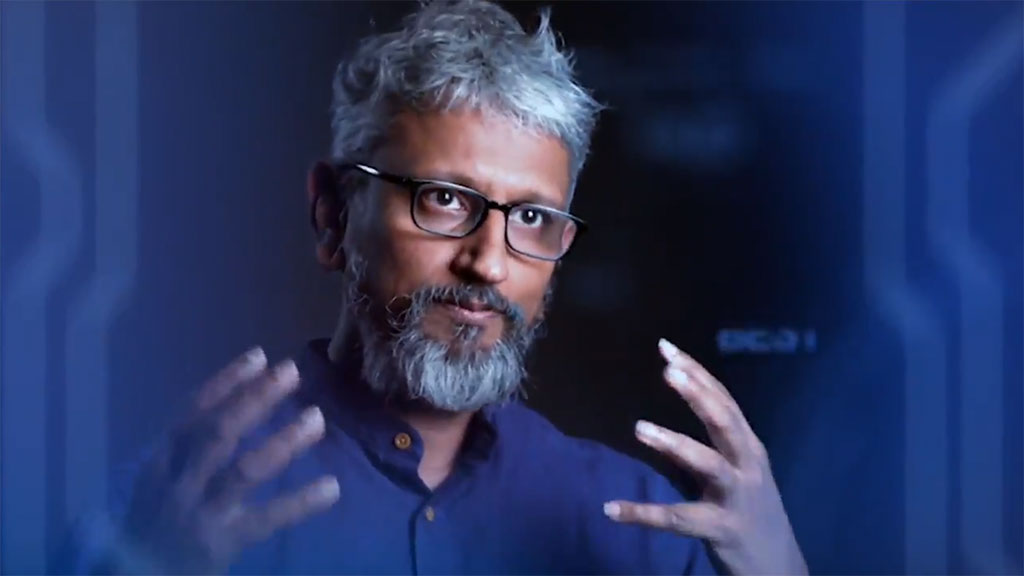Intel video teases photorealism and other discrete GPU goals
The hype train is gaining steam.

Intel continues to hype its efforts in graphics as it gets ready to introduce its first modern discrete GPU in 2020. It's still anyone's guess how all this will ultimately play out, though in a recent video posted to Twitter, Intel dropped a few hints at what it's working towards.
One of those things is photorealism. Intel graphics boss Raja Koduri laid out his vision for the future, which includes "photorealistic immersive worlds" and "games with virtual worlds that are as large as this entire universe."
Don’t just take any job. Join a movement. https://t.co/JH0TqASGtE #JobsatIntel #IntelCareer pic.twitter.com/y8hBPdRF88January 29, 2019
I don't want to read too much into this because Koduri was outlining a broader vision for graphics, as opposed to discussing a specific product and set of upcoming features. That said, photorealistic immersive worlds would likely involve real-time ray tracing, as there is only so much that can be accomplished with rasterized rendering.
Whether real-time ray tracing figures into the equation at the outset remains to be seen. The same goes for how competitive Intel will be with AMD and Nvidia, as it pertains to gaming. In an interview with India Times, Alienware co-founder Frank Azor said we should temper our expectations.
"The challenge of besting Nvidia and AMD's gaming performance is enormous. And it's not my expectation that that's going to happen immediately with the Intel GPU. My expectation is that Intel will come in with a good product, and it will serve its place in the market. I don't think they will best an Nvidia GeForce RTX 2080Ti graphics card. I think if anybody has that expectation, they're going to be disappointed," Azor said.
That's a fair statement. Building a new graphics architecture from the ground up is no easy (or fast) task, and as Koduri mentions in the video, "when it comes to discrete graphics, we will be starting off from zero."
It will also be interesting to see how ambitious Intel is, in terms of cramming features into its initial discrete GPU products. Koduri says he's finding things every day that he wants to pull in, and the challenge is building a product around Intel's extensive IP. He likens this to putting together a complex Lego structure.
The biggest gaming news, reviews and hardware deals
Keep up to date with the most important stories and the best deals, as picked by the PC Gamer team.
"This is what the best engineers want to do, and we have access to all of the right Lego blocks in this company," Koduri says.
I've said before that I like how Intel is approaching things and the habits it's building, particularly releasing timely graphics driver updates, which is a newer development. At the same time, I think Intel needs to be careful not to over-hype its progress and goals, at least until it has a firm grasp on exactly what it will be capable of delivering next year. Who knows, though, maybe it already does.
Paul has been playing PC games and raking his knuckles on computer hardware since the Commodore 64. He does not have any tattoos, but thinks it would be cool to get one that reads LOAD"*",8,1. In his off time, he rides motorcycles and wrestles alligators (only one of those is true).


